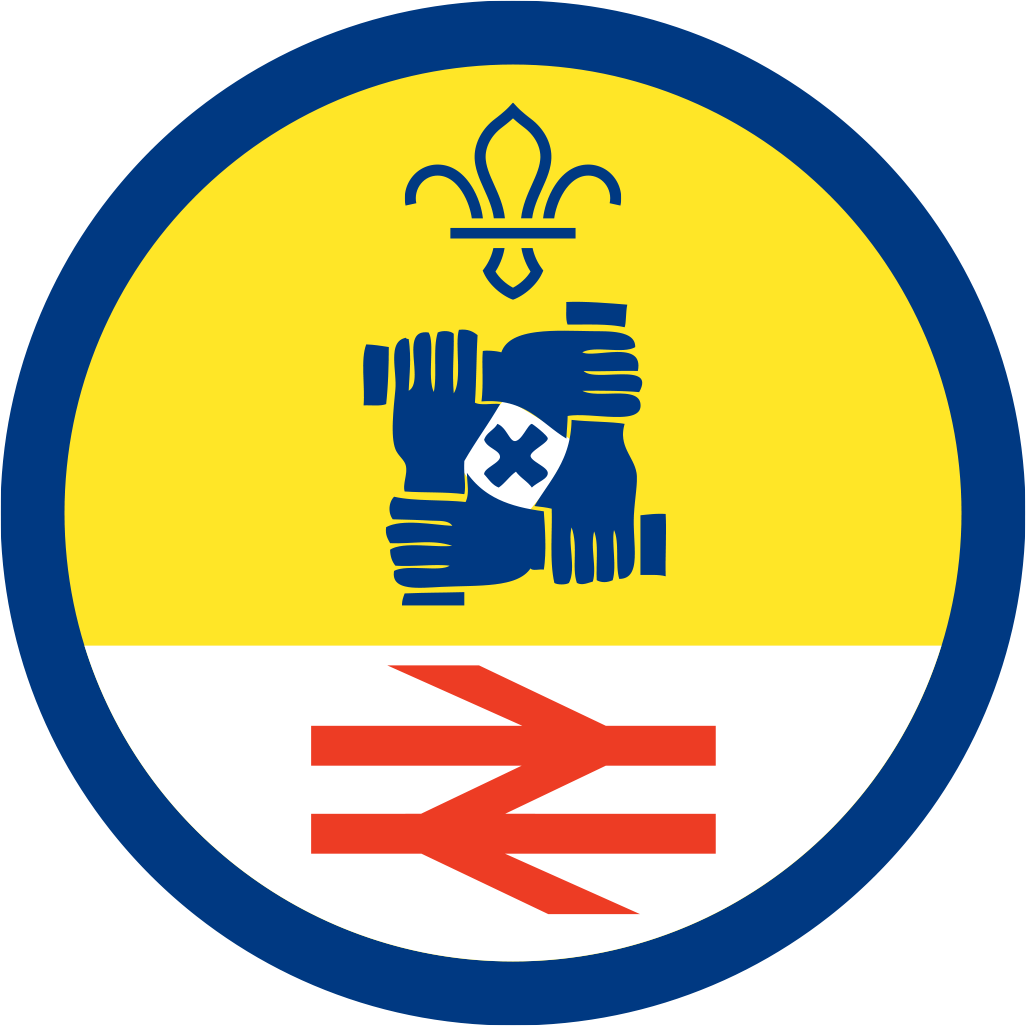Get in line, drama time
You’ll need
Before you begin
- Print out enough ‘Steps of the Green Cross Code’ for each group to have one set.
Get in line
- Everyone should split into groups of five; an adult should join each group.
- The person leading the game should give each group a set of ‘Steps of the Green Cross Code’. Each person should hold one of the steps.
- The adult with each group should help everyone read and understand the steps.
- The adult with each group should count to three. When they get to three, everyone should jump up and stand so the steps are in the right order.
- The adult should check that everyone’s in the right order. If they’re not, they should count to three again then everyone should try again.
- Once everyone’s in the right order, the group should read out the steps together. They should add some actions to help everyone remember the steps, for example, looking left and right or cupping a hand to their ear.
- People could swap sentences and the group could play again. Will they get it right faster the second time?
Drama time
- Everyone should stay in their groups.
- The person leading the activity should ask if anyone can remember the five steps in order. A few people could take it in turns to show the steps.
- The person leading the activity should ask if anyone knows what could happen if someone doesn’t cross the road safely. A car may have to swerve or break suddenly, or the person could even get knocked down.
- Each group should plan a short road safety scene that shows how to cross a road safely, or what may happen when someone doesn’t cross the road safely.
- The scenes shouldn’t be longer than one minute. Everyone’s scene should have a happy ending – the scenes shouldn’t focus too much on negative consequences.
- Once everyone’s ready, the groups should take it in turns to show their scenes to the rest of the group.
- Everyone should repeat the steps of the Green Cross Code to finish.
Reflection
This activity helped everyone learn and remember the Green Cross Code. Everyone can use it even if they’re crossing a road with an adult; even adults sometimes forget. Why is it important to go through all of the steps? Cars can go fast and turn corners suddenly, and some vehicles (such as electric cars and bikes) are quiet so people don’t always hear them. It’s still best to cross at a crossing with an adult, but skills like this help people get ready to do their own thing. This week, everyone should challenge themselves to teach another person about the Green Cross Code.
Safety
All activities must be safely managed. You must complete a thorough risk assessment and take appropriate steps to reduce risk. Use the safety checklist to help you plan and risk assess your activity. Always get approval for the activity, and have suitable supervision and an InTouch process.
- Active games
The game area should be free of hazards. Explain the rules of the game clearly and have a clear way to communicate that the game must stop when needed. Take a look at our guidance on running active games safely.
Adults could give hints to help people get into the right order, for example, telling certain people to stay still because they’re in the right spot.
- It doesn’t matter if people can’t read the ‘Steps of the Green Cross Code’ – the adult can read them out.
- Usually, crossing a road needs people to use their hearing and sight. People with visual or hearing impairments will need to adjust the code so it works for them. Remind everyone of things that help everyone cross roads safely such as bumpy pavements, or crossings with sound, lights, and moving parts.
- This activity may be difficult or upsetting for anyone who’s been involved in or has witnessed a road accident (or has known someone who’s been involved in or witnessed a road accident). Let people (and their parents or carers) know about this activity in advance. You may need to have a chat with some people, or adapt the activity so they can take part.
All Scout activities should be inclusive and accessible.
You could head out to a local road and practise crossing safely together. This could count towards the Beavers My Adventure Challenge Award.
